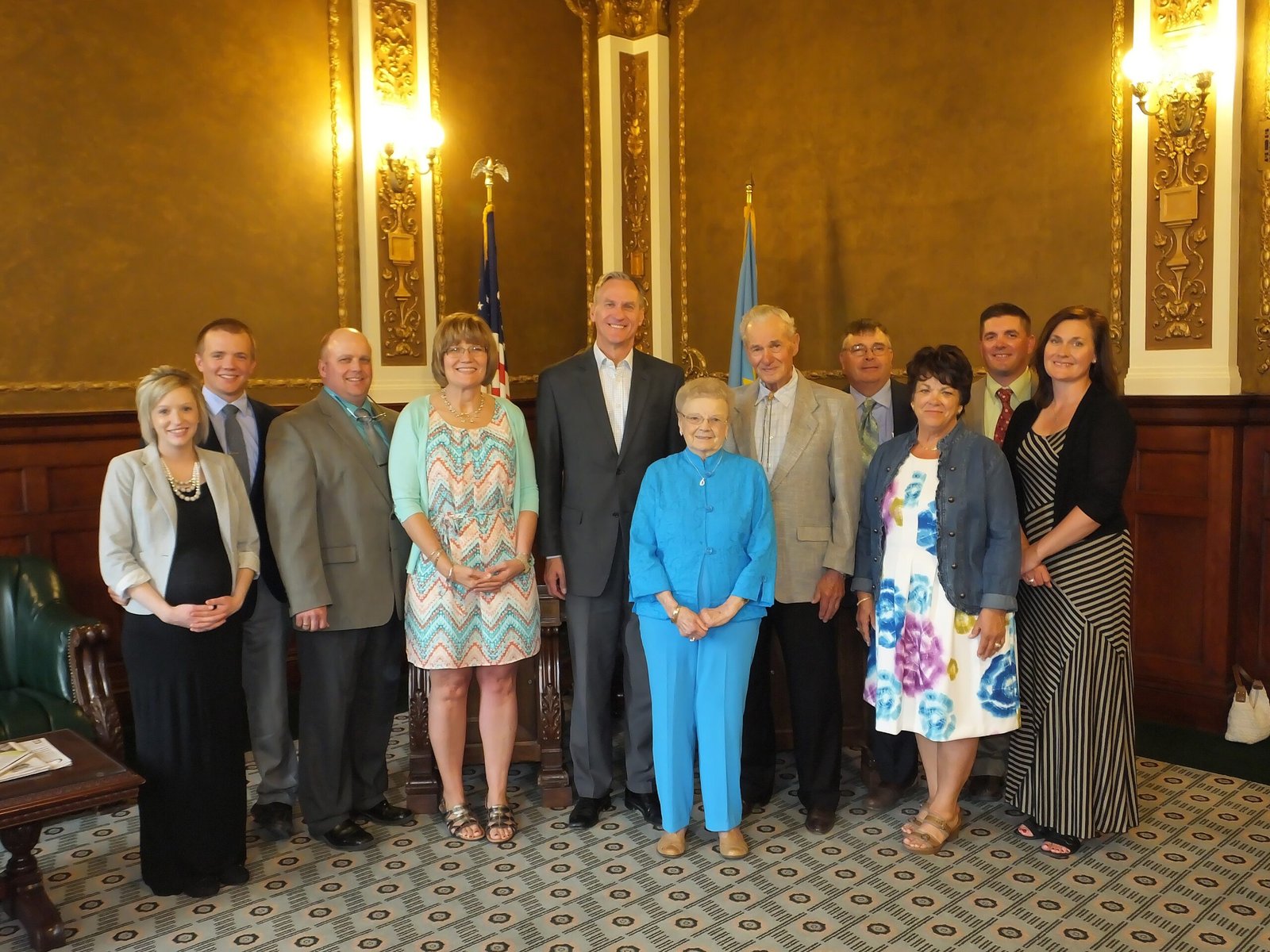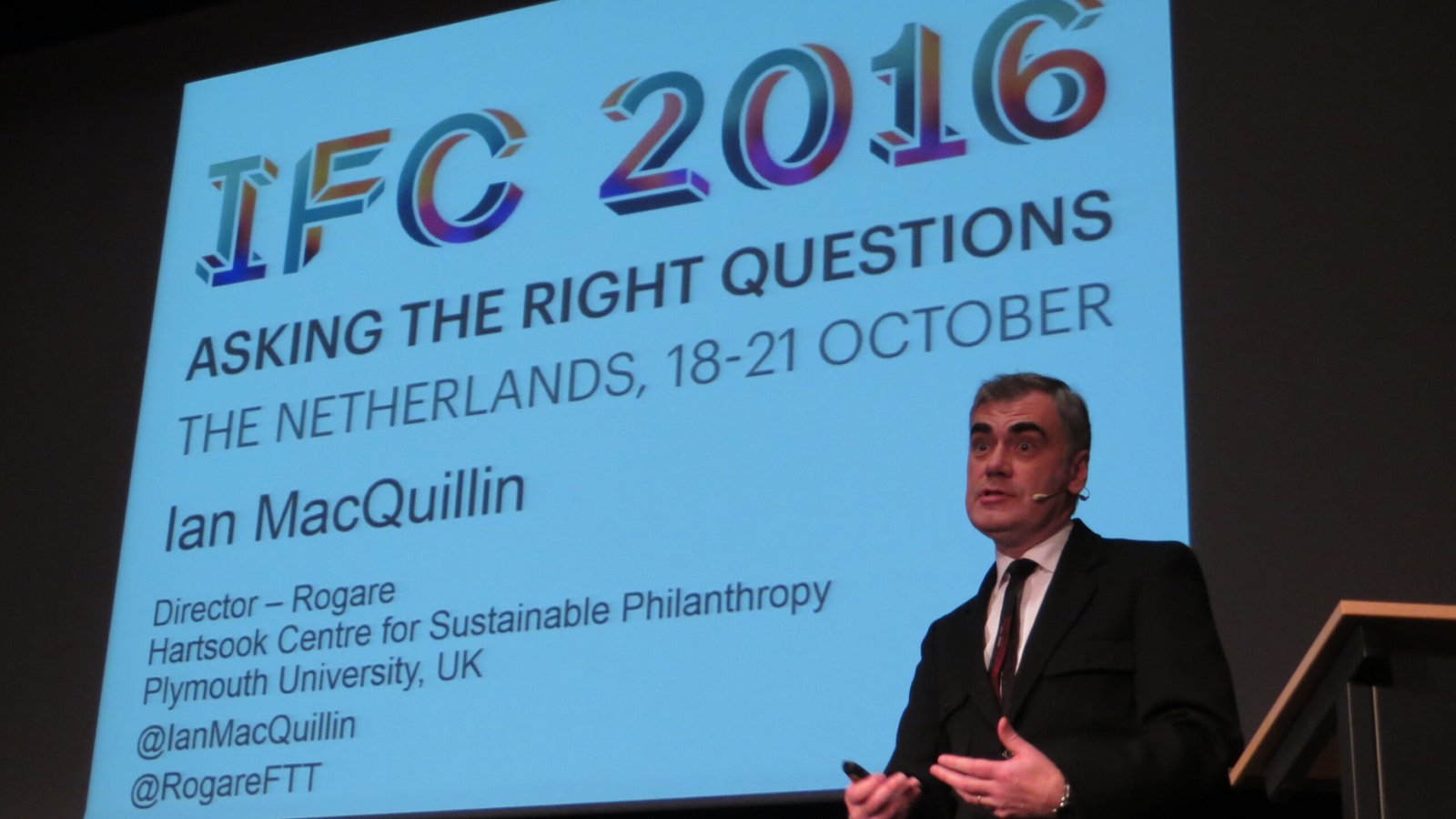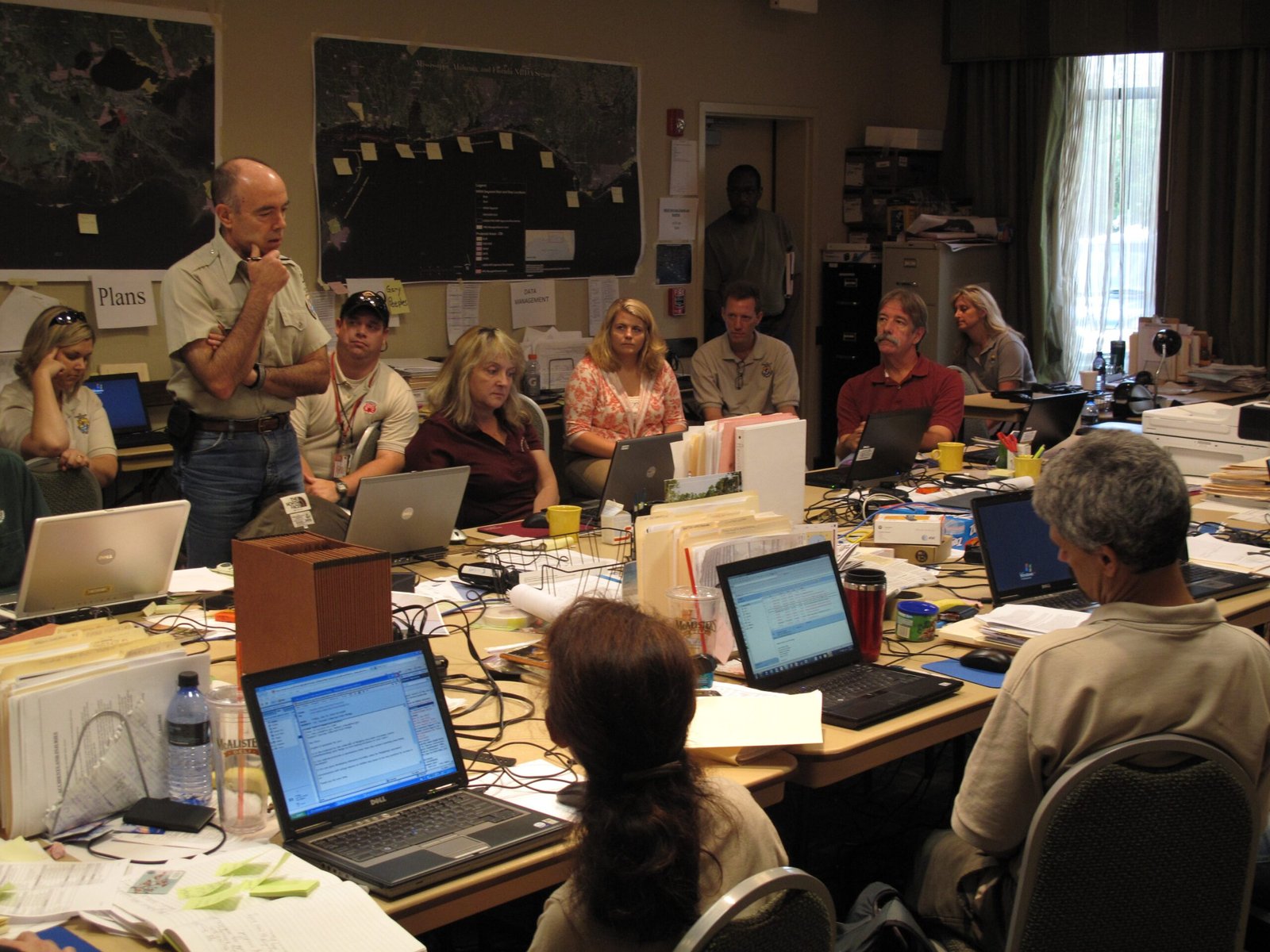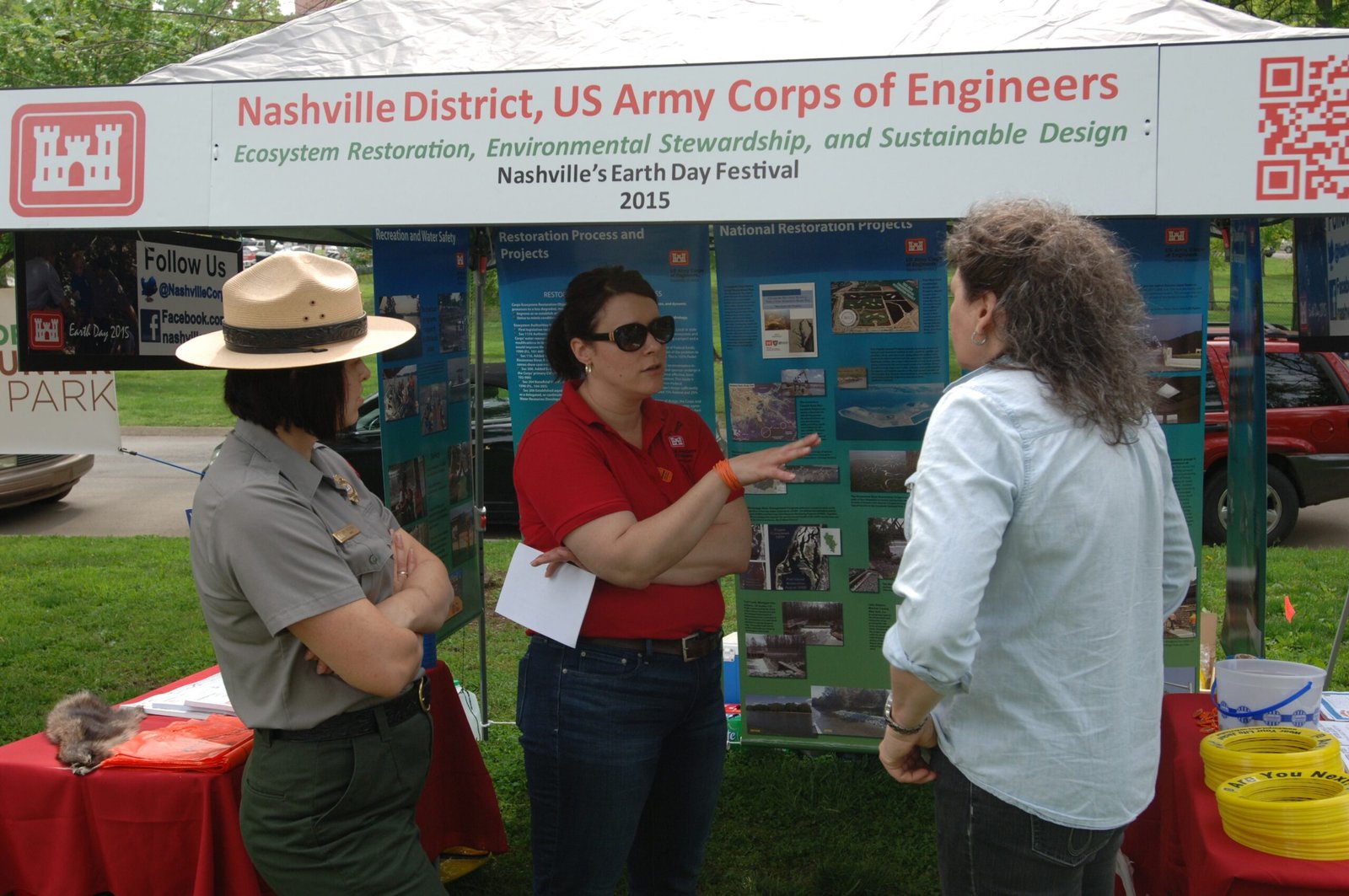In the heart of the UK, where rolling hills and ancient woodlands meet bustling cities, the natural environment is a tapestry of rich biodiversity and historical landscapes. However, as urbanization and climate change threaten these delicate ecosystems, the role of private philanthropy in conservation efforts has never been more critical. This article explores how private individuals and organizations are stepping up to protect the UK’s natural heritage, demonstrating that with the right resources and determination, significant environmental change is possible.
Private Philanthropy: A Catalyst for Change

Private philanthropy acts as a powerful catalyst in conservation by providing the financial resources necessary for impactful projects. Unlike government funding, which can often be tied up in bureaucracy, philanthropic donations can be directed swiftly to areas of urgent need. For example, a philanthropist might fund a project to restore a habitat for endangered species or support research into sustainable farming practices. This flexibility allows for innovative approaches to conservation that might not be possible through traditional funding channels. By acting quickly and decisively, private philanthropy can drive immediate and meaningful change.
The Power of Personal Passion

The personal passion of philanthropists often fuels their involvement in conservation projects. Many individuals are motivated by a deep love for nature and a desire to leave a positive legacy for future generations. This passion translates into dedicated support for specific causes, such as reforestation or marine conservation. For example, a philanthropist with a love for birds might fund a project to protect migratory bird habitats. This personal commitment often results in sustained support over time, ensuring that conservation efforts have the longevity needed to succeed.
Supporting Scientific Research
Philanthropy plays a crucial role in supporting scientific research, which is the backbone of effective conservation strategies. Private funding can enable researchers to conduct studies that inform policy decisions and conservation practices. For instance, a philanthropic donation might support a study on the impact of climate change on native species, providing valuable data that can guide future conservation efforts. By investing in science, philanthropists help ensure that conservation strategies are based on robust evidence and can adapt to changing environmental conditions.
Encouraging Community Involvement

Private philanthropy can also encourage community involvement in conservation efforts. By funding local projects, philanthropists can empower communities to take an active role in preserving their natural environments. For example, a grant might support a community-led initiative to clean up a local river or plant native trees in urban areas. These projects not only improve the environment but also foster a sense of ownership and pride among community members. By engaging people on a local level, philanthropy helps build a grassroots movement for conservation.
Innovative Conservation Strategies
Philanthropic funding often enables the development of innovative conservation strategies that might not be feasible with public funding alone. For instance, private donations can support the establishment of wildlife corridors to connect fragmented habitats or fund the development of new technologies for monitoring biodiversity. These innovative approaches can significantly enhance the effectiveness of conservation efforts and create new opportunities for collaboration among scientists, conservationists, and philanthropists.
Long-Term Impact and Sustainability

One of the key advantages of private philanthropy is its potential for long-term impact and sustainability. Unlike short-term grants, philanthropic donations can provide ongoing support for conservation initiatives. For example, a philanthropist might establish a fund to provide continuous support for a nature reserve, ensuring that it can maintain operations and protect wildlife for years to come. This long-term perspective is essential for addressing complex environmental challenges that require sustained effort and commitment.
Challenges and Opportunities

While private philanthropy offers many benefits, it also presents challenges. One issue is the potential for funding to be concentrated in areas that align with donors’ personal interests, potentially neglecting less popular but equally important conservation needs. However, this challenge also presents an opportunity for philanthropists to diversify their contributions and collaborate with other donors to address a broader range of issues. By working together, philanthropists can maximize their impact and ensure that all aspects of the natural environment receive the attention they deserve.
The Role of Philanthropic Organizations

Philanthropic organizations play a crucial role in coordinating and distributing private donations for conservation. These organizations often have the expertise and networks needed to identify priority areas and implement effective projects. For example, a philanthropic foundation might partner with academic institutions, government agencies, and local communities to launch a comprehensive conservation program. By leveraging their resources and expertise, philanthropic organizations can amplify the impact of individual donations and drive systemic change.
Success Stories and Inspiring Examples

There are numerous success stories that highlight the positive impact of private philanthropy on conservation in the UK. For instance, the restoration of a degraded wetland area through private donations has led to the return of native wildlife and improved ecosystem health. Similarly, a philanthropic grant enabled the successful reintroduction of a locally extinct species, contributing to biodiversity recovery. These inspiring examples demonstrate the transformative power of private philanthropy and its potential to create lasting change in the natural environment.
The Future of Conservation Philanthropy

As environmental challenges continue to grow, the future of conservation philanthropy looks promising. More individuals and organizations are recognizing the importance of environmental stewardship and are stepping up to make a difference. The increasing availability of information and communication technologies also provides new opportunities for philanthropists to connect with conservation projects and measure their impact. By embracing these opportunities, private philanthropy can continue to play a vital role in preserving the UK’s natural heritage for generations to come.




